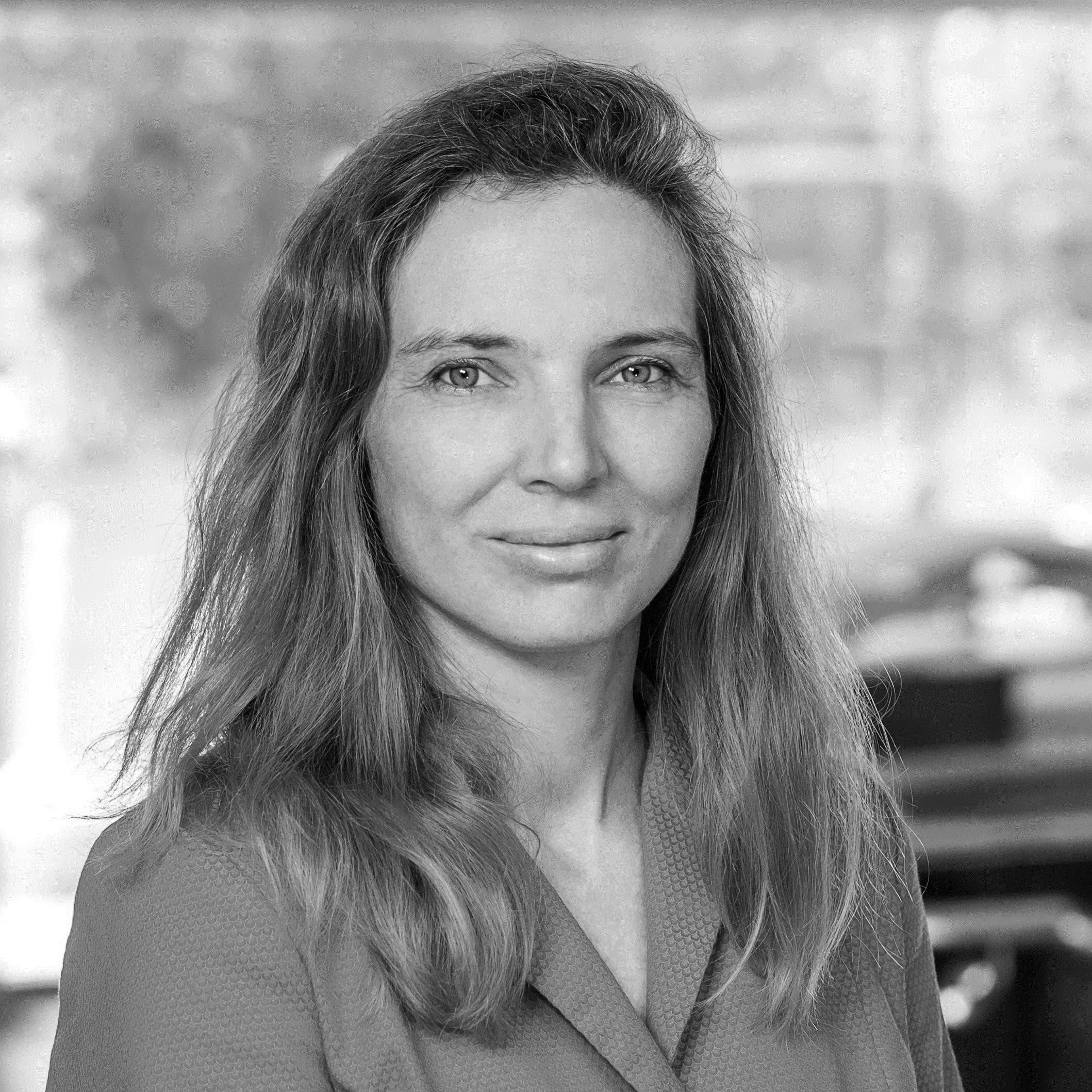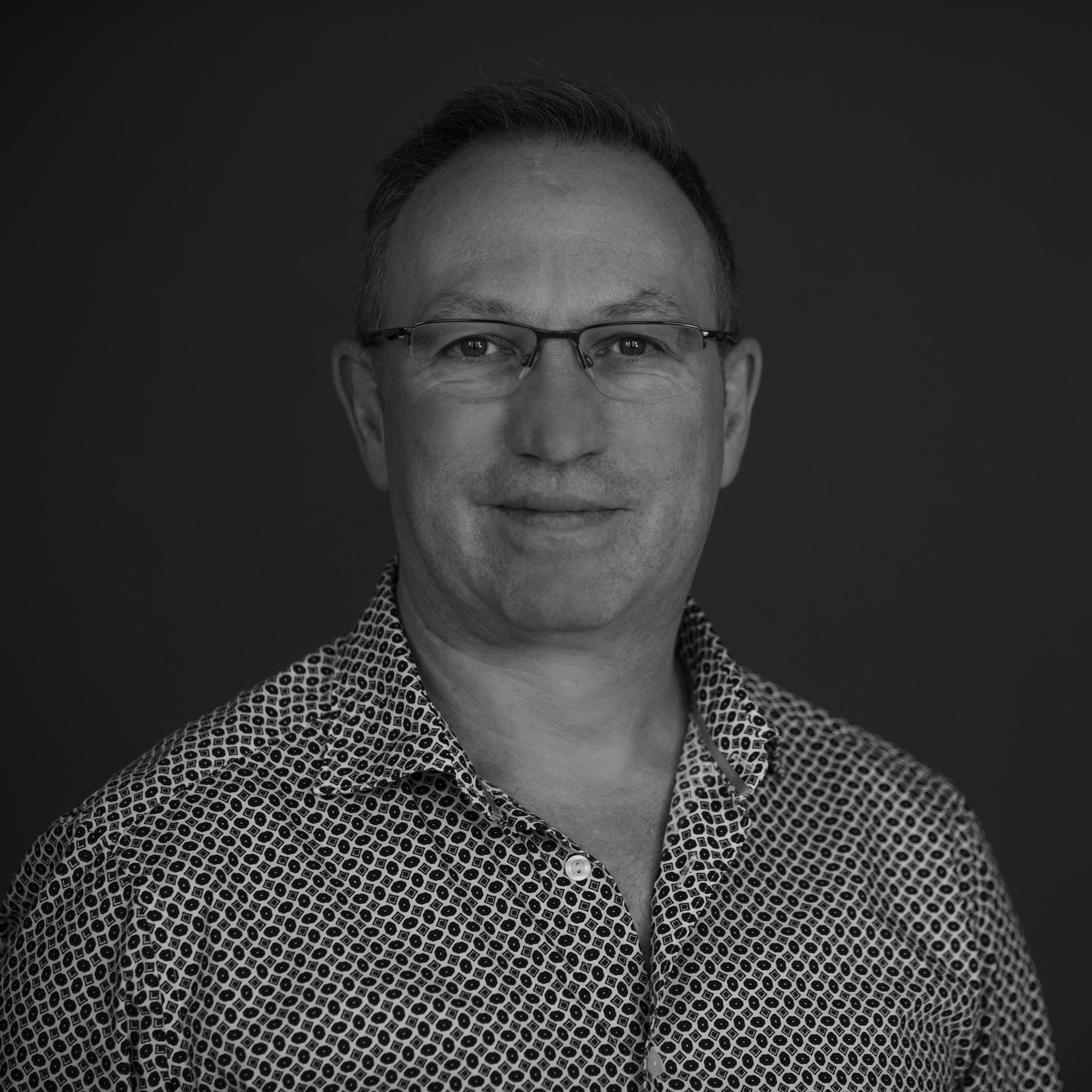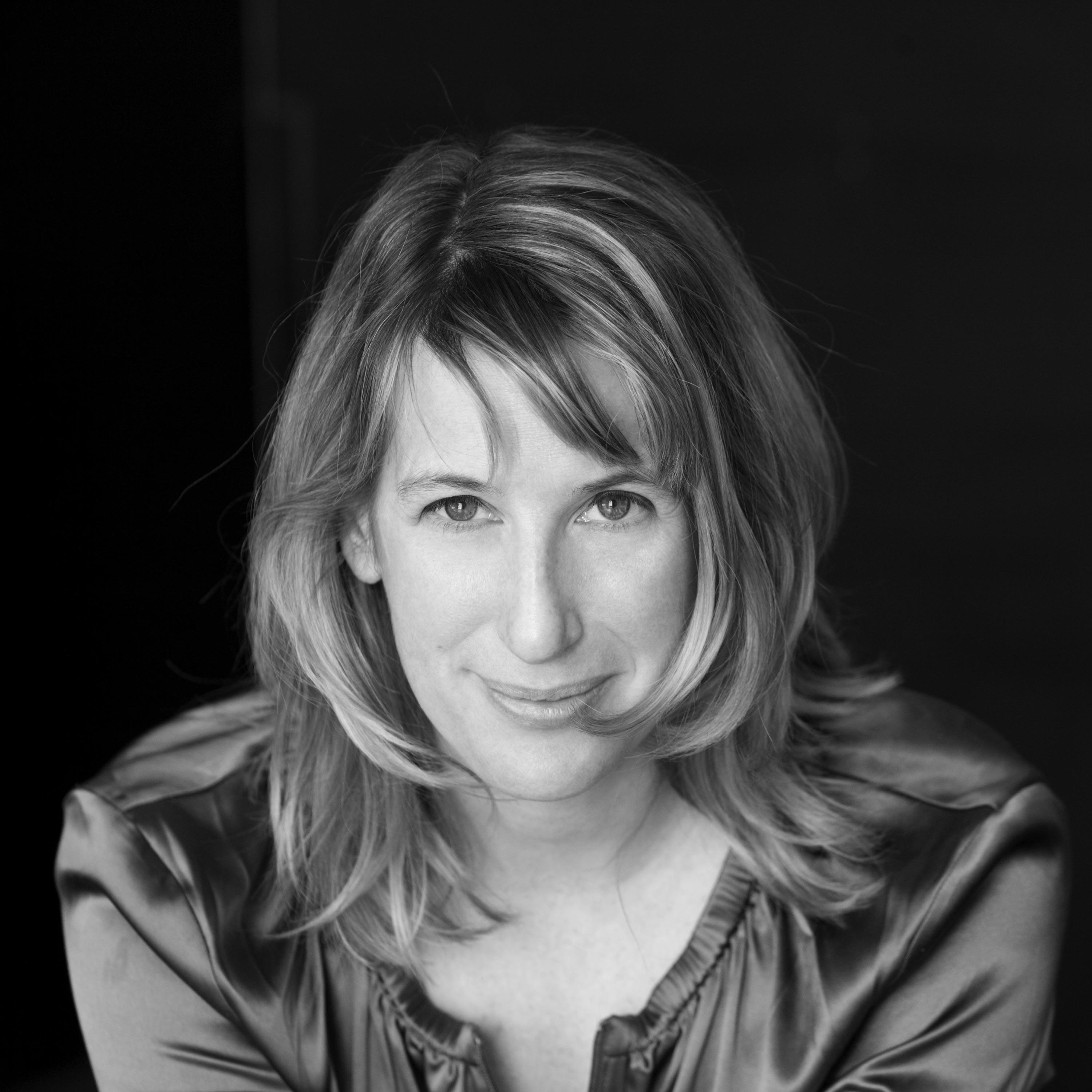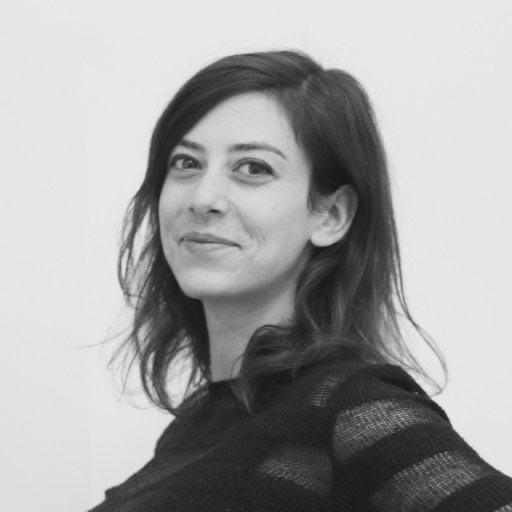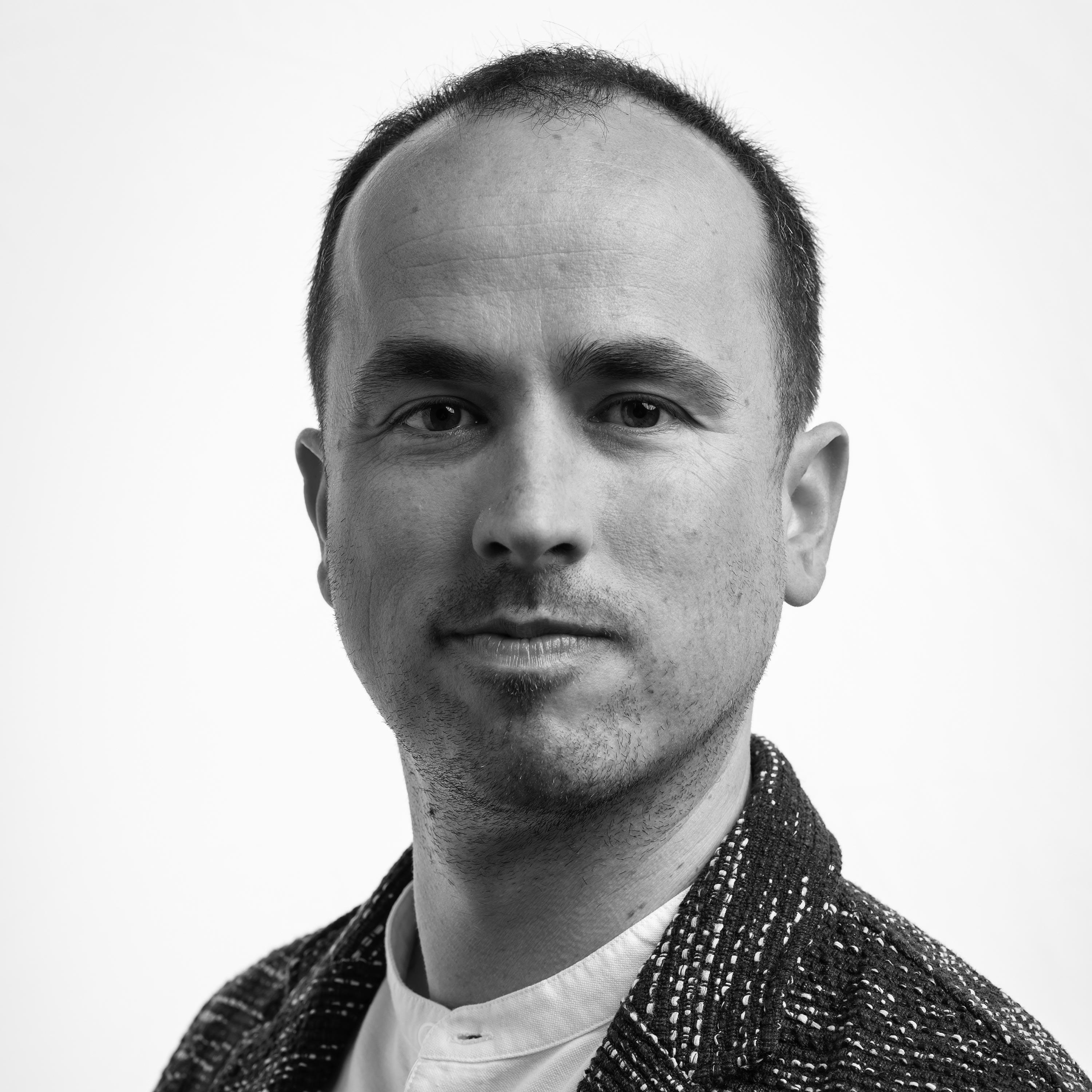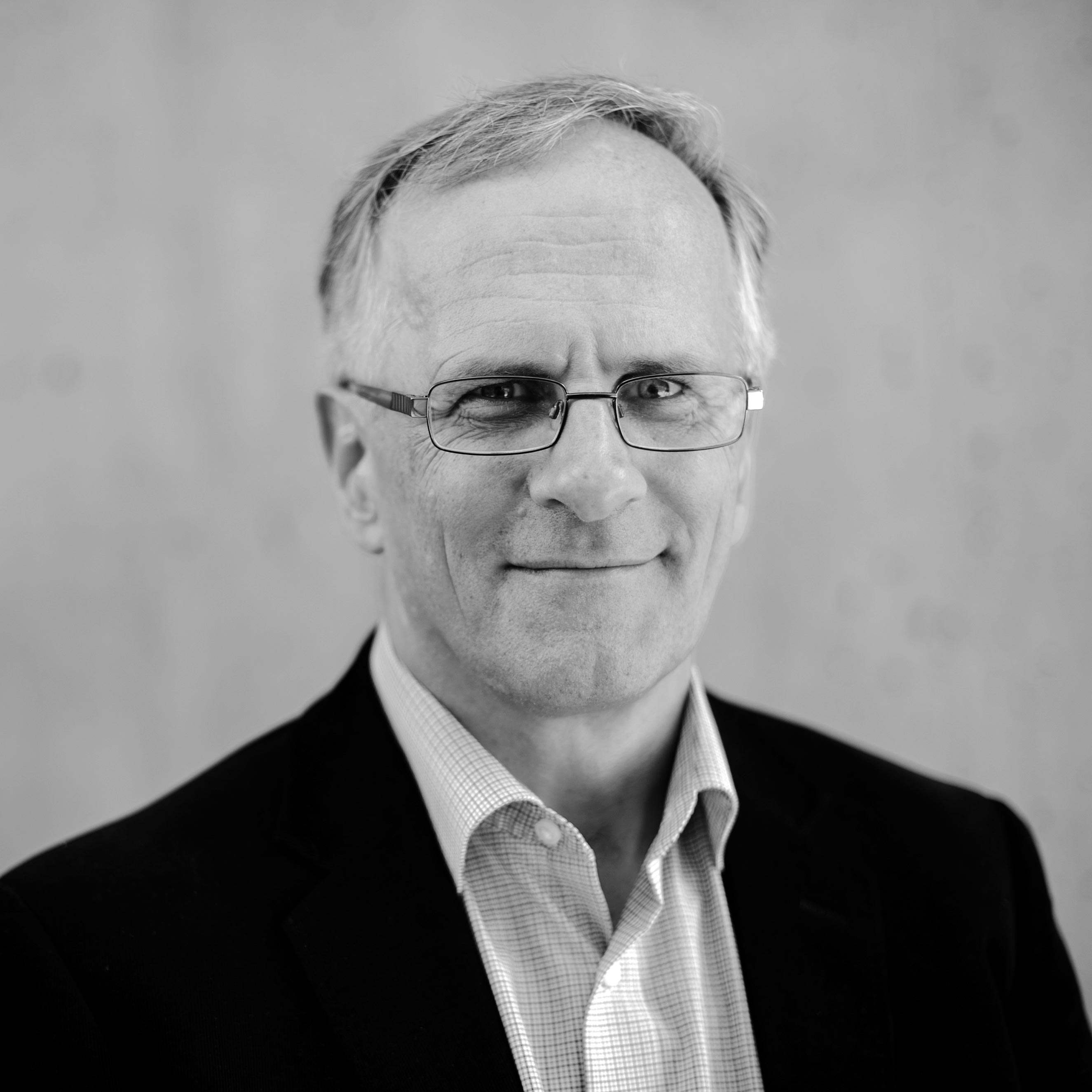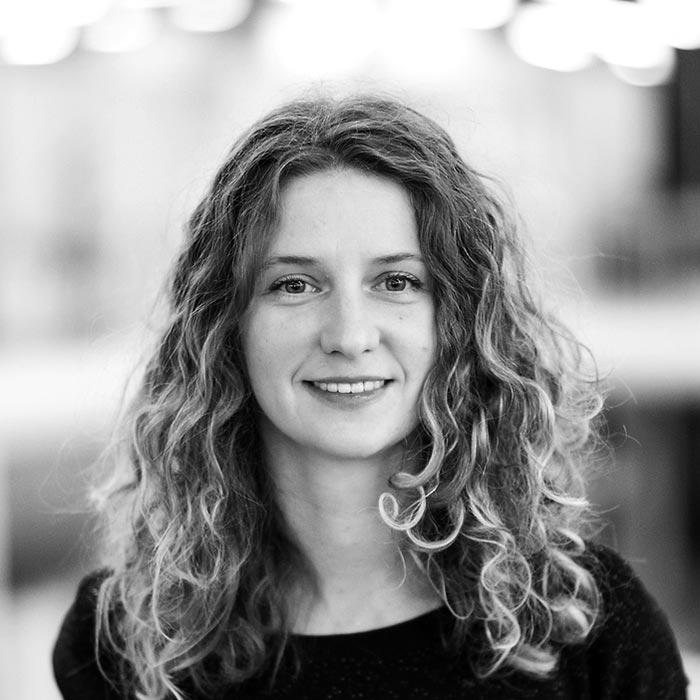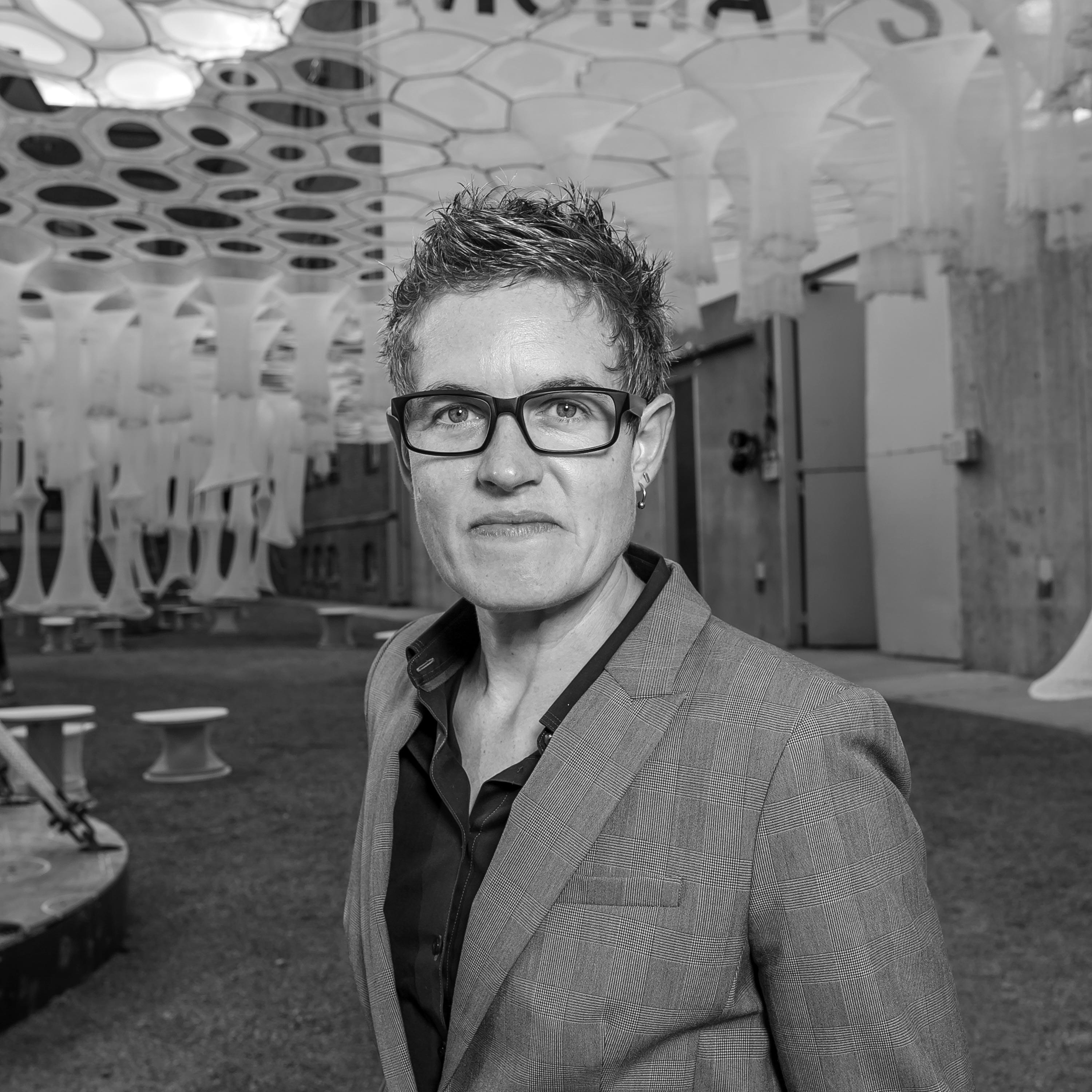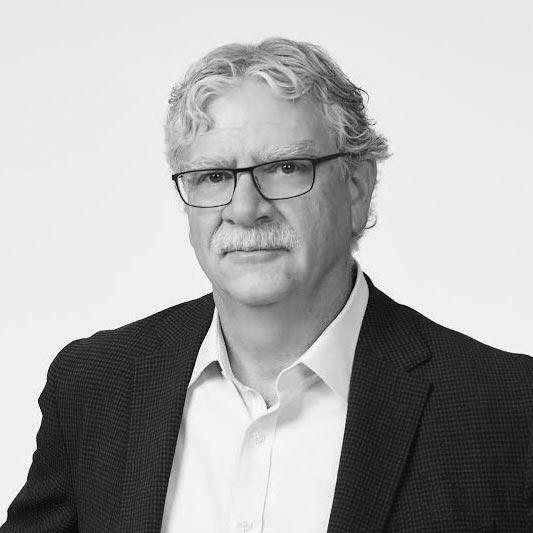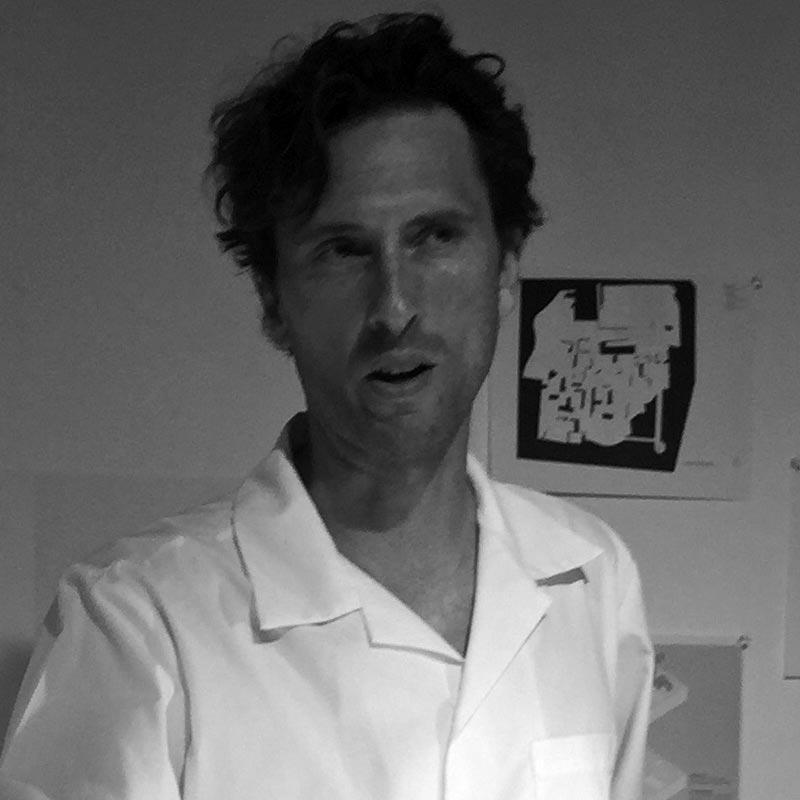Jenny Sabin is an architectural designer whose work is at the forefront of a new direction for twenty-first century architectural practice—one that investigates the intersections of architecture and science and applies insights and theories from biology and mathematics to the design of responsive material structures and ecological spatial interventions for diverse audiences. Sabin is the Arthur L. and Isabel B. Wiesenberger Professor in Architecture and Associate Dean for Design at Cornell University College of Architecture, Art, and Planning (AAP), where she established a new advanced research degree in Matter Design Computation. She is principal of Jenny Sabin Studio, an experimental architectural design studio based in Ithaca and director of the Sabin Lab at Cornell AAP. In 2006, she cofounded the Sabin+Jones LabStudio, a hybrid research and design unit, together with biologist Peter Lloyd Jones. Sabin holds degrees in ceramics and interdisciplinary visual art from the University of Washington and a Master of Architecture from the University of Pennsylvania. She was a Pew Fellow in 2010 and was named a USA Knight Fellow in 2011. In 2014, she was awarded the prestigious Architectural League Prize for Young Architects + Designers and Architectural Record’s national Women in Architecture Awards selected her for the 2016 Innovator award. She has exhibited nationally and internationally including in the acclaimed ninth ArchiLab Naturalizing Architecture exhibition at the Frac Centre, Orleans, France and most recently as part of Beauty, the fifth Cooper Hewitt Design Triennial. Her book LabStudio: Design Research Between Architecture and Biology, coauthored with Peter Lloyd Jones, was published in July 2017. In 2017, Sabin won MoMA and MoMA PS1’s Young Architects Program with her submission, Lumen.

